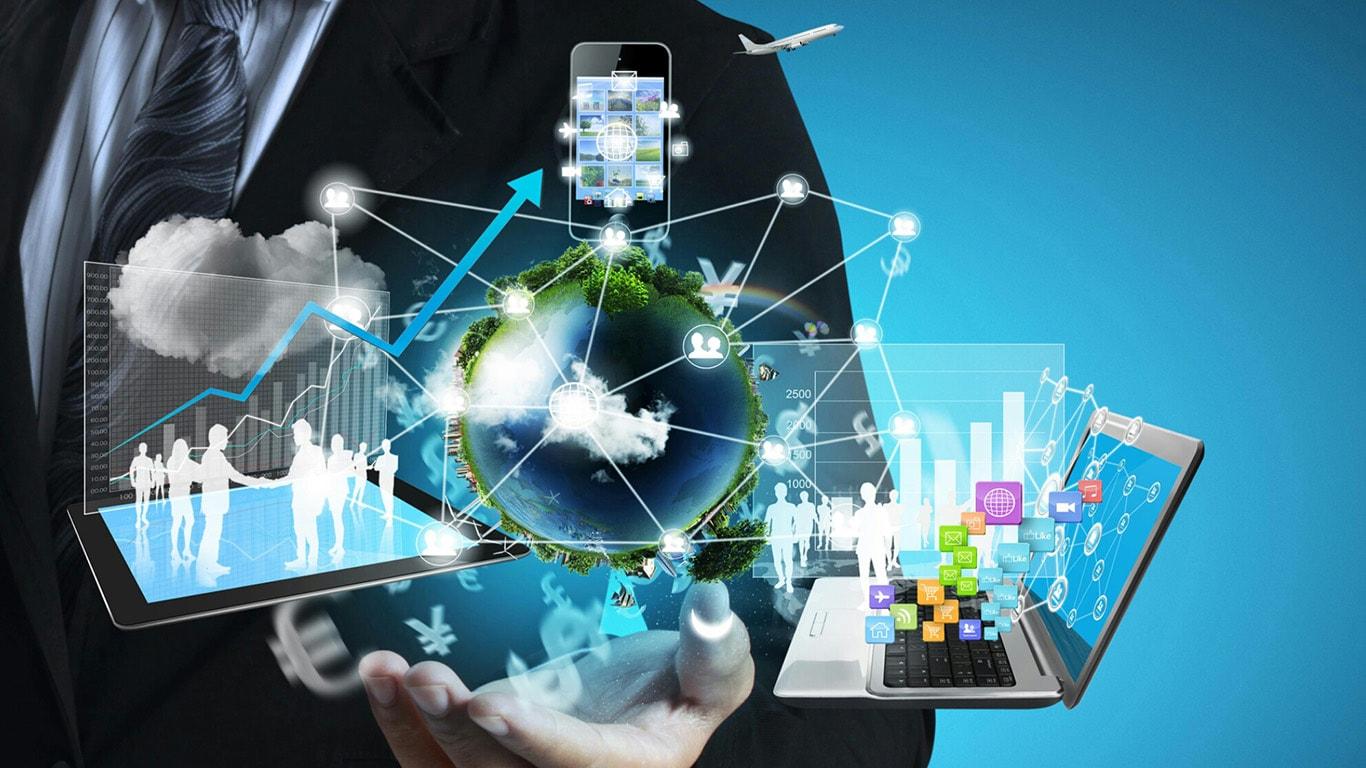How Technology is Changing the Healthcare Industry
The healthcare industry has always been at the forefront of scientific advancements. From the discovery of antibiotics to the development of modern surgical techniques, each leap in technology has significantly improved patient care and outcomes. In recent years, however, the pace of technological innovation has accelerated dramatically, ushering in an era of unprecedented change and opportunity in healthcare. This article explores the various ways technology is revolutionizing the healthcare industry, enhancing efficiency, accessibility, and the quality of care.
#### Telemedicine and Remote Care
One of the most notable advancements is the rise of telemedicine. Telemedicine leverages digital communication tools to provide medical care remotely, making healthcare more accessible, especially for those in rural or underserved areas. Patients can now consult with healthcare providers from the comfort of their homes, reducing the need for travel and waiting times. This has proven particularly invaluable during the COVID-19 pandemic, allowing continuous care while minimizing the risk of virus transmission.
Telemedicine platforms often include features like video conferencing, remote monitoring, and electronic health records (EHRs), enabling comprehensive virtual consultations. These platforms also facilitate follow-up visits and chronic disease management, ensuring patients receive consistent care.
#### Artificial Intelligence and Machine Learning
Artificial Intelligence (AI) and Machine Learning (ML) are transforming healthcare by providing powerful tools for diagnostics, treatment planning, and predictive analytics. AI algorithms can analyze vast amounts of medical data, identifying patterns and making predictions with remarkable accuracy. This capability is particularly beneficial in diagnosing diseases at early stages when they are more treatable.
For example, AI-powered imaging tools can detect abnormalities in medical scans, such as X-rays or MRIs, with precision that rivals human experts. Similarly, ML models can predict patient outcomes based on historical data, helping clinicians develop personalized treatment plans. AI is also enhancing drug discovery, reducing the time and cost involved in bringing new medications to market.
#### Electronic Health Records (EHRs)
The adoption of Electronic Health Records (EHRs) has streamlined the management of patient information. EHRs allow for the digital storage and sharing of patient data among healthcare providers, ensuring that medical histories are easily accessible and up-to-date. This improves coordination of care, reduces the risk of errors, and enhances overall efficiency.
EHRs also support the integration of various health data sources, including lab results, imaging studies, and patient-generated data from wearable devices. This holistic view of a patient's health enables more informed decision-making and better outcomes.
#### Wearable Technology and Remote Monitoring
Wearable technology, such as fitness trackers and smartwatches, has gained popularity for personal health monitoring. These devices can track vital signs, physical activity, sleep patterns, and more. In healthcare, wearable devices are increasingly used for remote monitoring of patients with chronic conditions.
For instance, patients with diabetes can use continuous glucose monitors to track their blood sugar levels in real-time, while those with heart conditions might wear devices that monitor their heart rate and rhythm. This continuous monitoring allows for early detection of potential issues and timely intervention, improving patient outcomes and reducing hospitalizations.
#### Robotics and Automation
Robotic technology is making significant inroads in surgical procedures, rehabilitation, and patient care. Surgical robots, such as the da Vinci Surgical System, provide surgeons with enhanced precision and control, enabling minimally invasive procedures with smaller incisions, less pain, and faster recovery times. Robotics also assist in rehabilitation, offering patients personalized therapy through advanced robotic exoskeletons and other devices.
Automation is streamlining various administrative tasks in healthcare settings, reducing the burden on staff and minimizing errors. For example, automated medication dispensing systems ensure accurate dosages, while robotic process automation (RPA) handles routine tasks like scheduling and billing.
#### Blockchain for Secure Data Management
Blockchain technology, known for its role in cryptocurrency, is finding applications in healthcare for secure and transparent data management. Blockchain can ensure the integrity and confidentiality of medical records, providing a tamper-proof system for storing and sharing patient data. This enhances data security and fosters trust among patients and healthcare providers.
Moreover, blockchain can facilitate interoperability among different healthcare systems, allowing seamless data exchange while maintaining privacy. This is particularly important for ensuring continuity of care as patients move between providers or regions.
#### Personalized Medicine and Genomics
Advances in genomics and biotechnology are paving the way for personalized medicine, which tailors treatments to individual patients based on their genetic profiles. By understanding a patient's genetic makeup, clinicians can predict their response to certain medications, identify the risk of genetic diseases, and develop targeted therapies.
Personalized medicine has shown promise in oncology, where treatments can be customized to target specific genetic mutations in cancer cells. This approach not only improves treatment efficacy but also reduces side effects by sparing healthy tissues.
#### Conclusion
The integration of technology in healthcare is revolutionizing the industry, improving patient care, and operational efficiency. From telemedicine and AI to wearables and blockchain, these innovations are making healthcare more accessible, personalized, and secure. As technology continues to evolve, it holds the promise of further transforming healthcare, ultimately leading to better health outcomes and an enhanced quality of life for patients worldwide. Embracing these advancements and addressing the challenges that come with them will be key to realizing their full potential.

